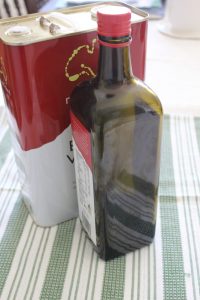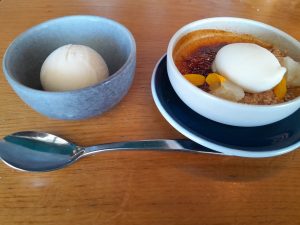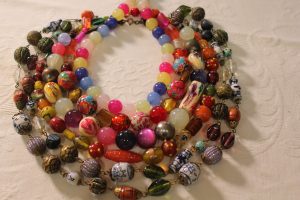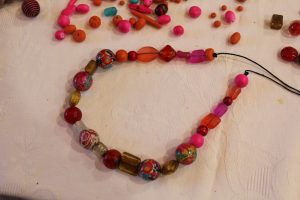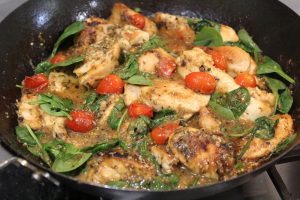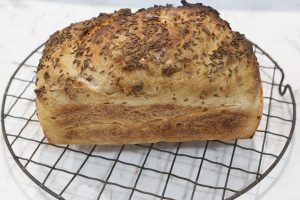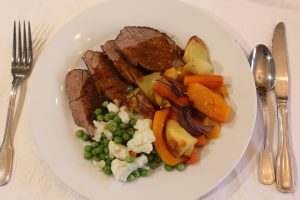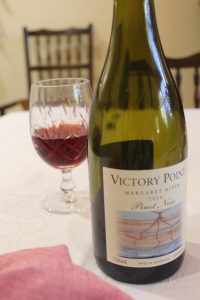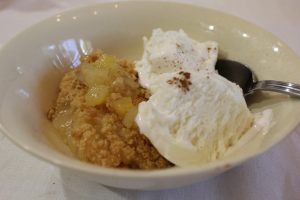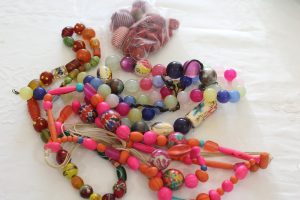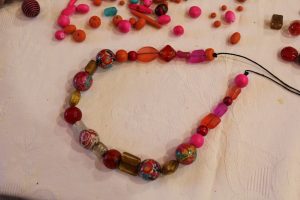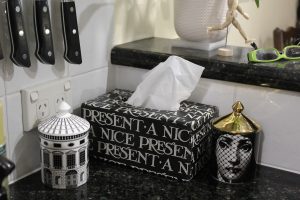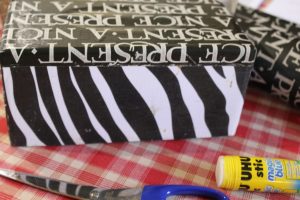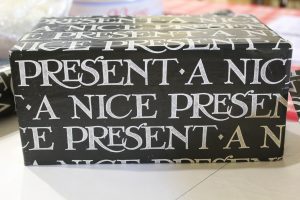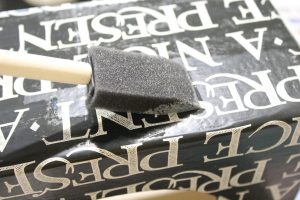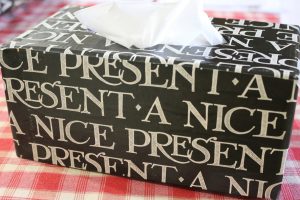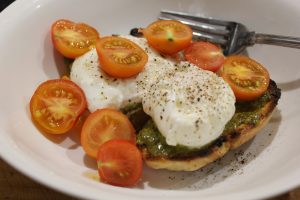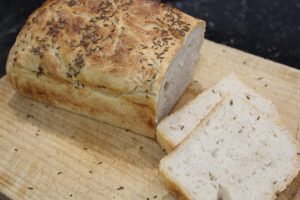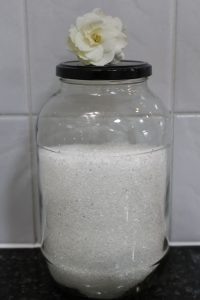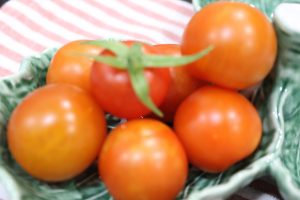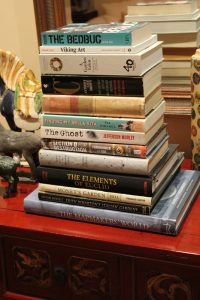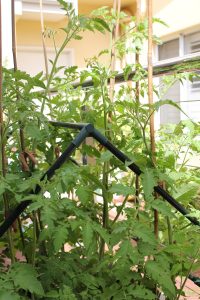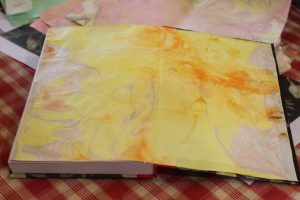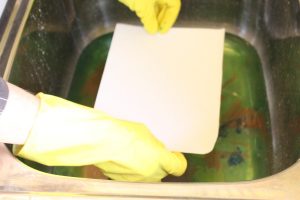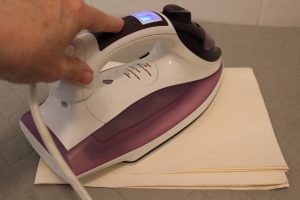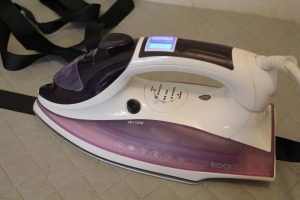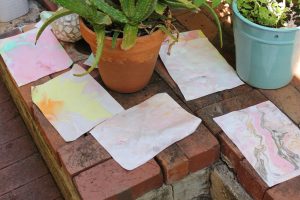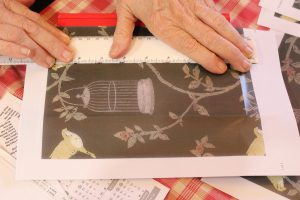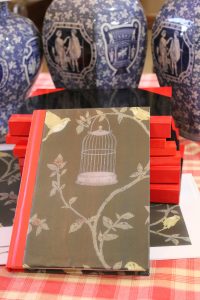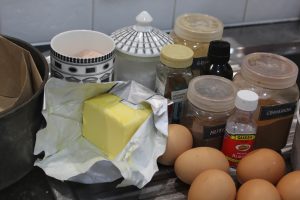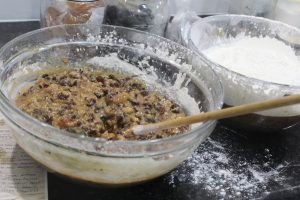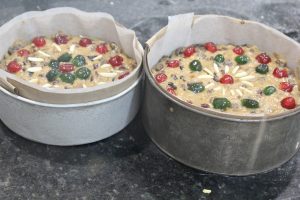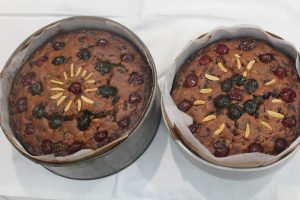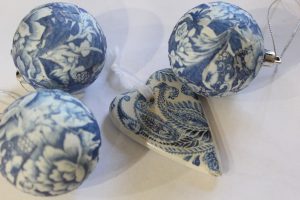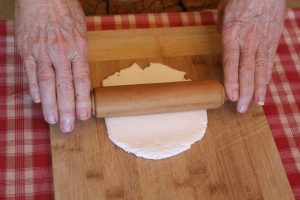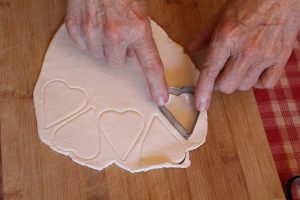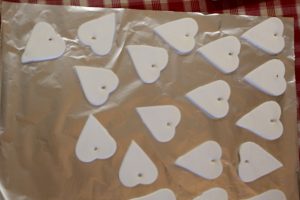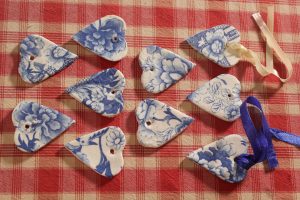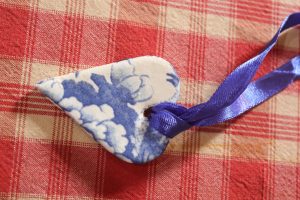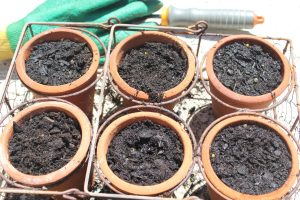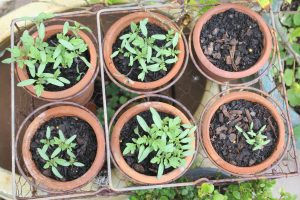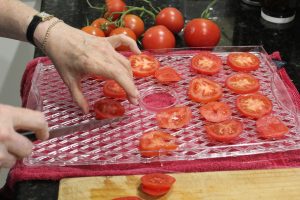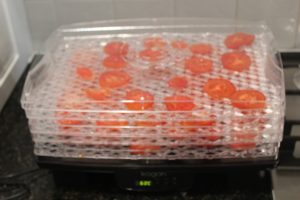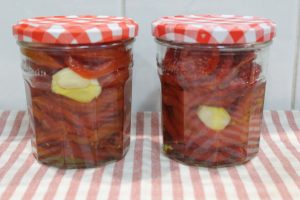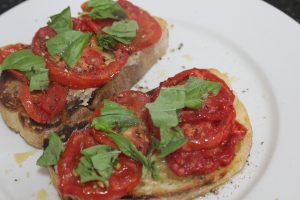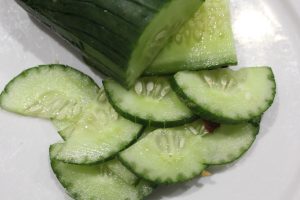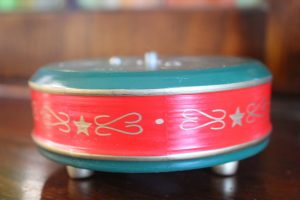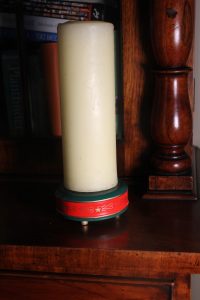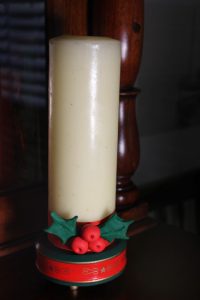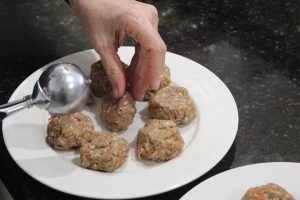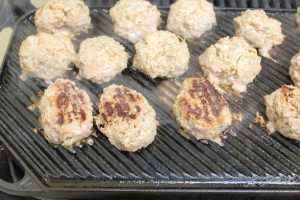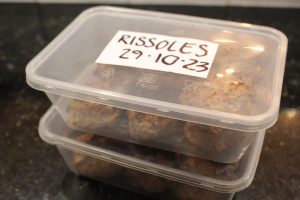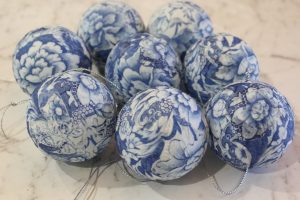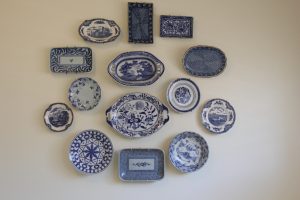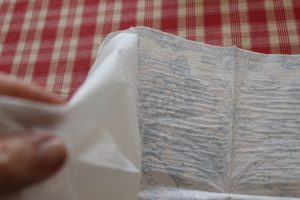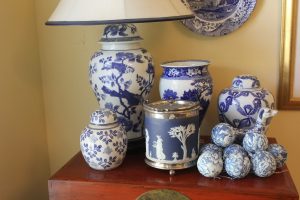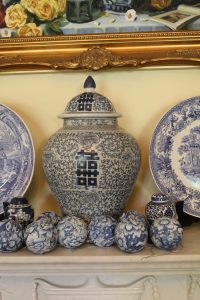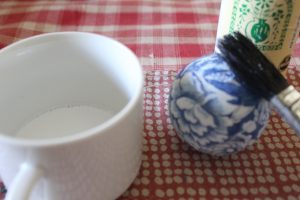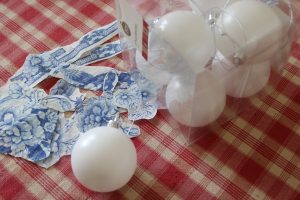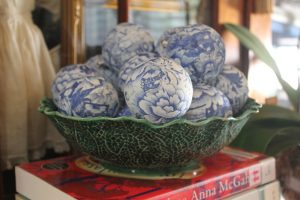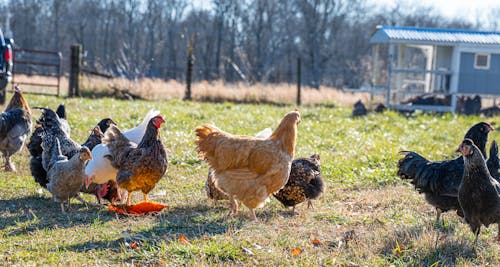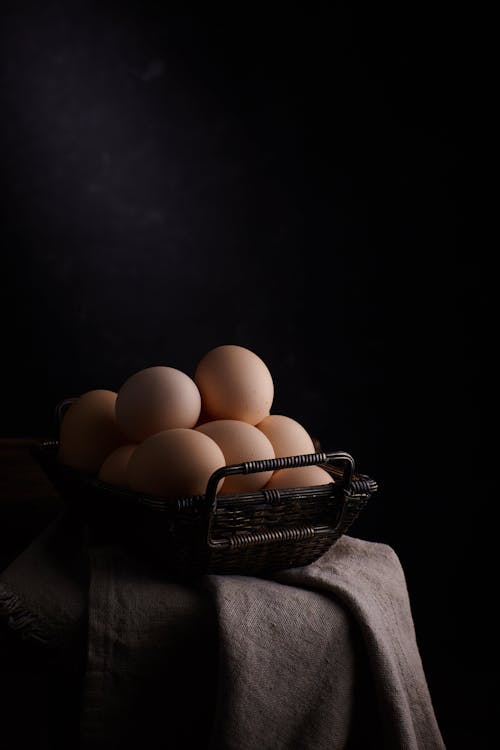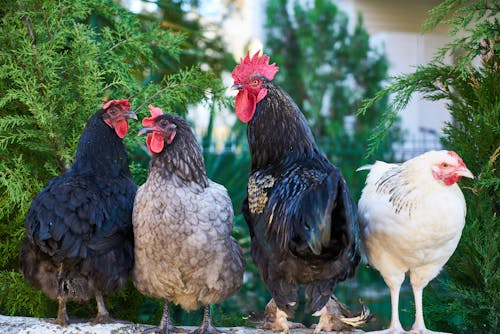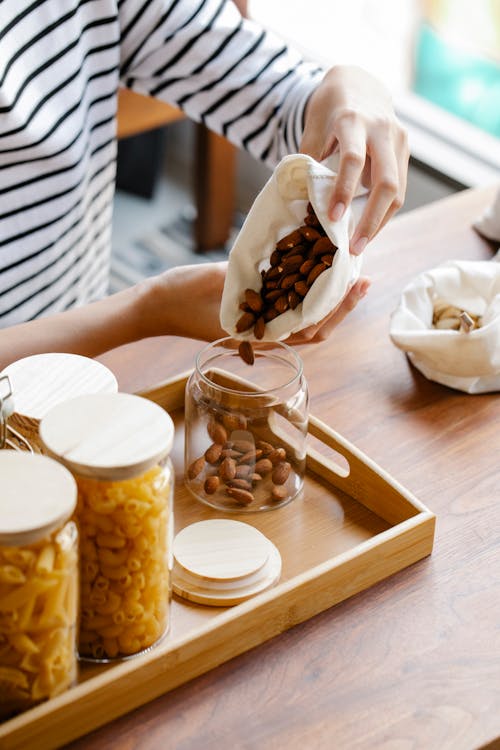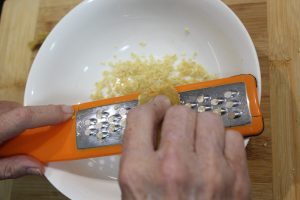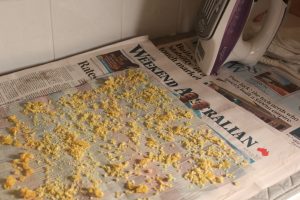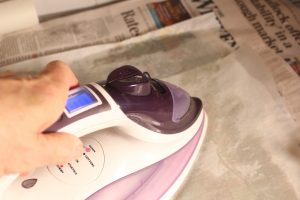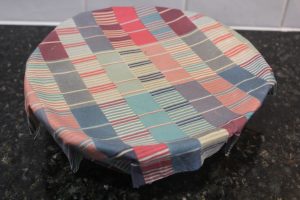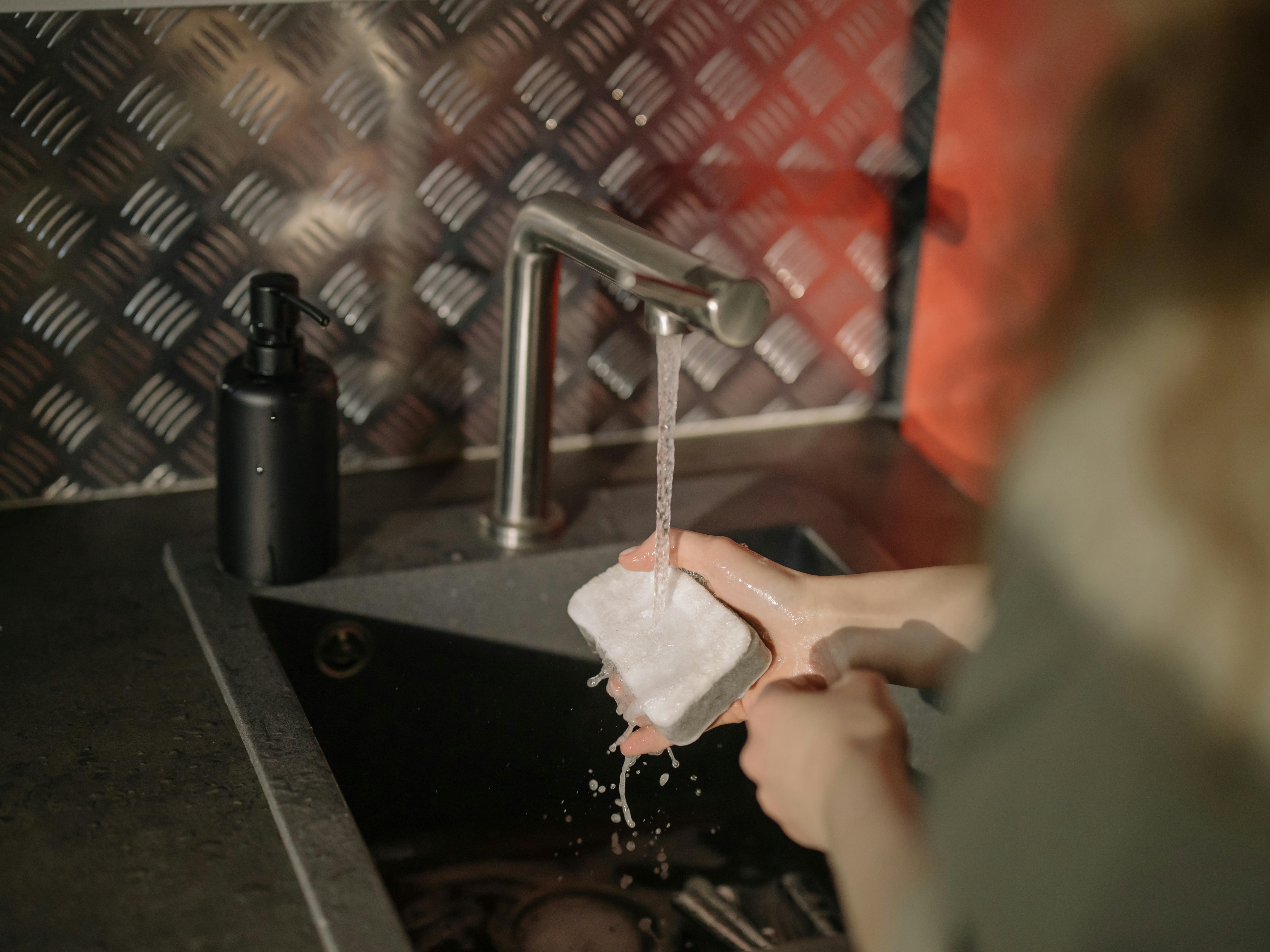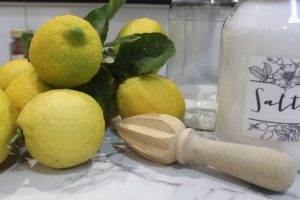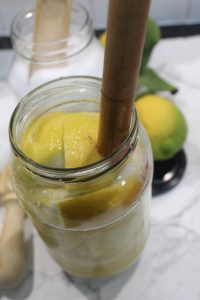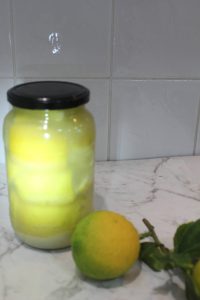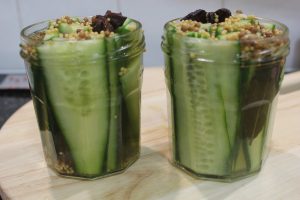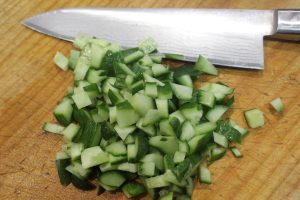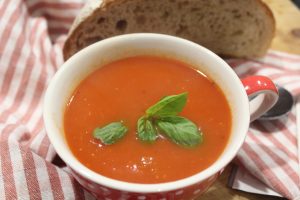How do you keep the cold out in winter? After six months of high temperatures and no rain, Western Australia’s southern areas are making up for lost time! Very cold nights and a lot of rain. It feels like the winters we had as kids. Cold nights, frost on the grass then warming sunshine around mid-morning then more rain. It’s an old fashioned winter.
Our house is pretty draught free, except the door in from the garage rattles in the wind. When I tackled a low shelf in the laundry, untouched since we unpacked our things out of storage, nearly fifteen years ago, I found a thick mattress topper and a polyester filled pillow. No idea where they were used before but I immediately knew how I could used both items. I’d make a draught stopper to put against the garage door. Last year I used a bolster off an upstairs settee, time for a purpose built, recycled material draught stopper. Draught stoppers are also called draft excluders and door snakes.
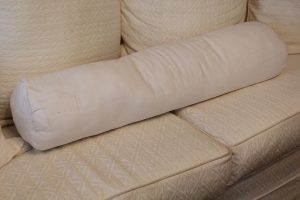

Folded the topper in half longitudinally and rolled it up after I’d teased the polyester out of the pillow and placed that in the middle. Nice fat sausage. Stitched it up. Knew I had a metre or so of red velvet. Measured out how much I needed and cut. The next drama was finding a zip as long as the sausage.
Off to the fabric shop. A lovely assistant asked me what length I was looking when I was standing in front of the zipper display. I explained the length I needed and she told me zips are not available in that length. She then took a roll to the cutting table and showed me a continuous zipper. Never seen one before. She showed me how they work and cut off the length I needed. Worked like a dream!
Once I’d stitched in the zipper I cut two end pieces using a bread and butter plate as a template. I had some pretty pink piping which I thought would look good at each end but when I was looking at the door where the stopper will be, I realised it is very close to a Burmese red altar table with all the carved details highlighted in gold.
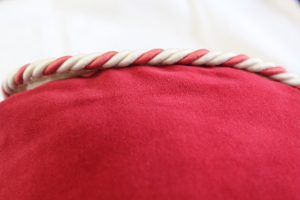

Originally thought I’d use this pretty pink and white piping but realised the light gold and dark gold piping would work beautifully next to the Burmese Red and gold altar table.


Burmese red Chinese altar table.
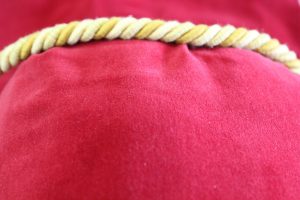

I had used a gold and cream piping on two tapestry cushions I’d made some years ago. Found the piping and there was just enough! Next challenge was working out how to join the ends. Thank goodness for YouTube. Bit of a faff, but I couldn’t remember how I’d done it before and watching how it was done professionally set me on the right track.
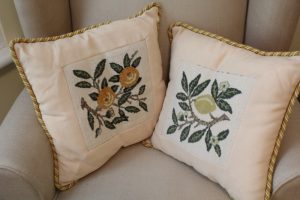

Used some leftover piping from these tapestry decorated cushions I made many years ago.
Not confident to just machine sew both layers of velvet and the piping I pinned then hand tacked it. Much easier to accurately machine sew the two layers of velvet and the piping. Pleased with how it looks. Now in position against the door. Stopped the draught, looks good next to the red altar table.






I have made many draught stoppers, door sausages, whatever you call them. I made four for my Mother who always felt cold and thought the sliding doors let in cold air. I made some for my son. I have made bolsters for our bed and for an upstairs settee. I haven’t ever made them with piping/cording. I wont be doing it again, either, anytime soon. It was fiddly and took ages to get just right. Of course, now it is finished I am pleased with it!


